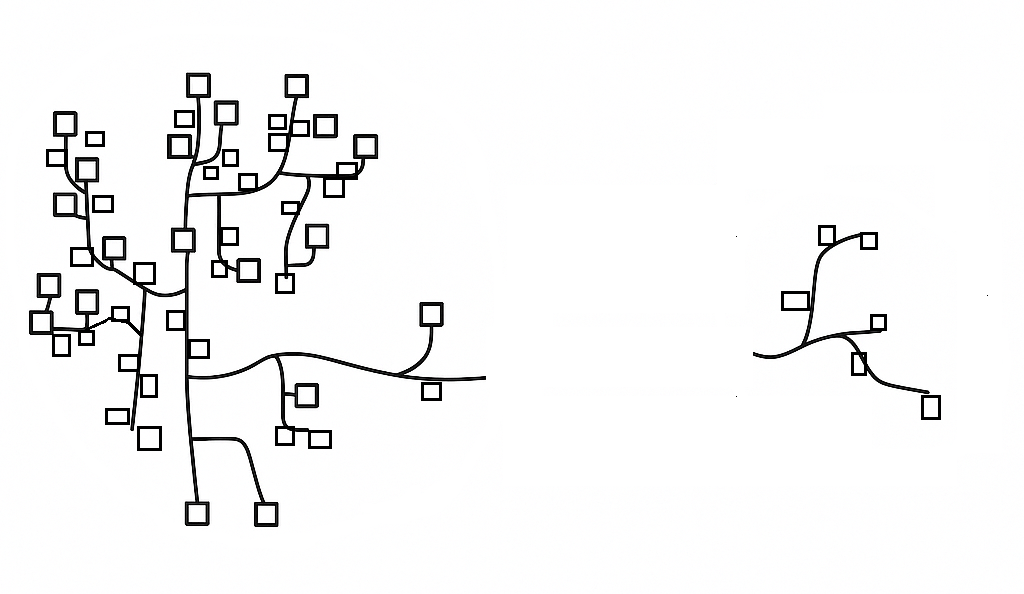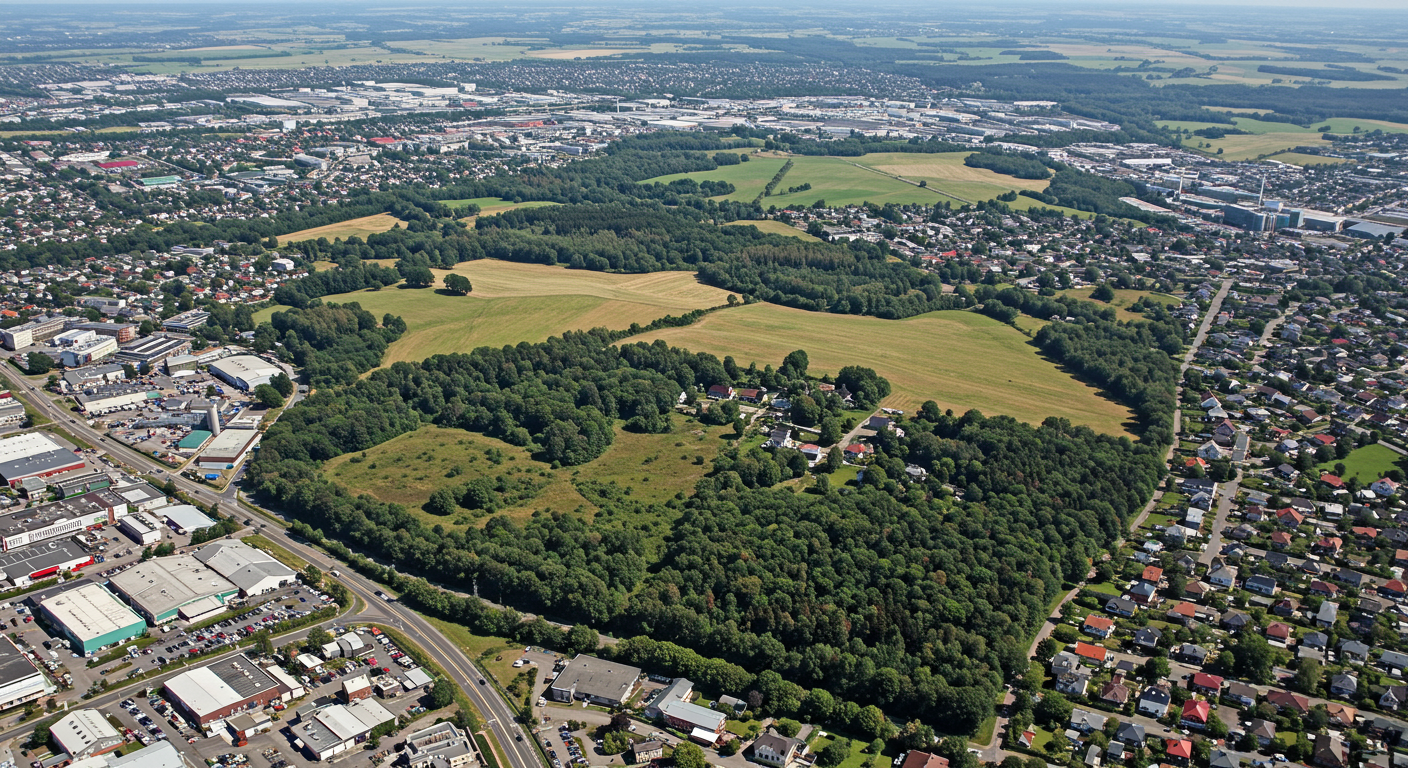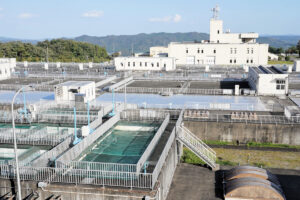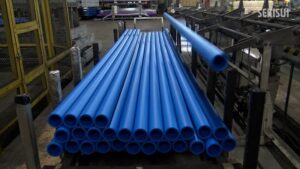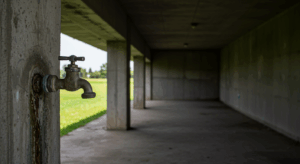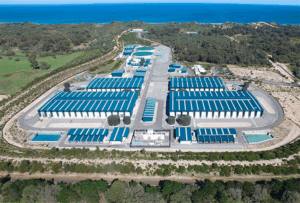6.4 Trillion Yen in Pipeline Updates! Protecting Suburban Water with Small-Scale Water Systems
6.4 trillion yen — this enormous figure is the estimated cost to replace all water pipes in Japan that have been in service for over 40 years.
Since fully replacing all pipes is unrealistic, some areas will inevitably be left without updates. How can we continue supplying water to these “non-renewed” regions? This is a pressing challenge.
The solution lies in building appropriately scaled water supply systems tailored to local needs. By treating suburban water systems as a new national asset, we explore the possibility of making these regions welcoming hometowns that people can continue returning to with peace of mind.
1. Why Has the Idea of “Suburban Disconnection” Emerged?
Japan’s total pipeline length is about 690,000 km, and 160,000 km of it is due for replacement after 40+ years.
However, blanket replacement of all pipelines is financially unrealistic. In particular, many of these aging pipes are in low-demand peripheral areas where costs outweigh benefits, especially as population decline accelerates.
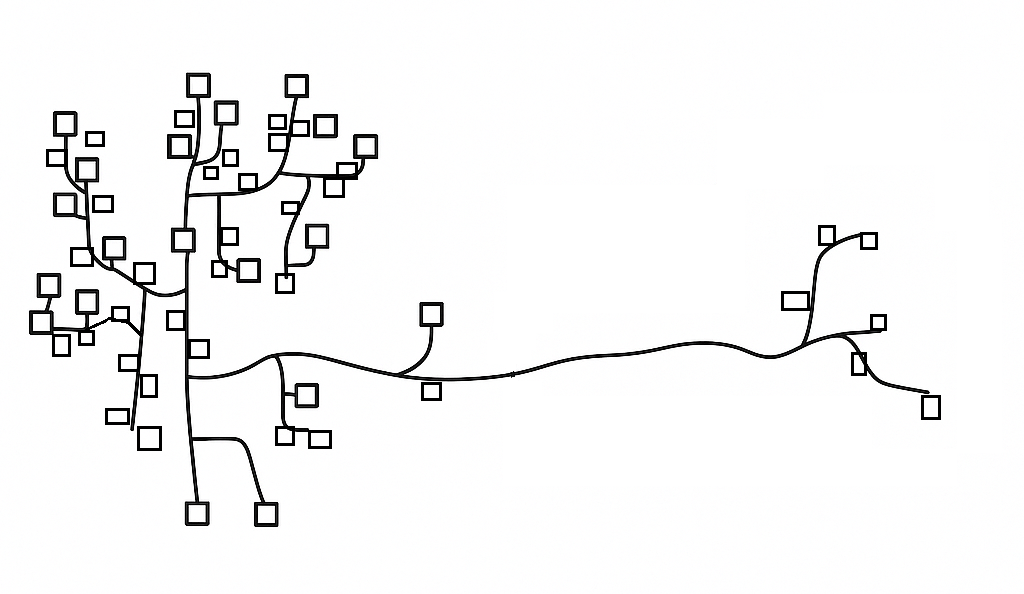
In Figure 1, we see that the densely populated city center (left) has high cost-efficiency for pipeline renewal. In contrast, the sparsely populated outskirts (right) may no longer justify expensive maintenance, especially if population continues to decline.
Left unchecked, this imbalance could threaten the financial sustainability of the entire water utility and even degrade services in urban areas. Hence, the radical idea of “suburban disconnection” has entered serious discussion.
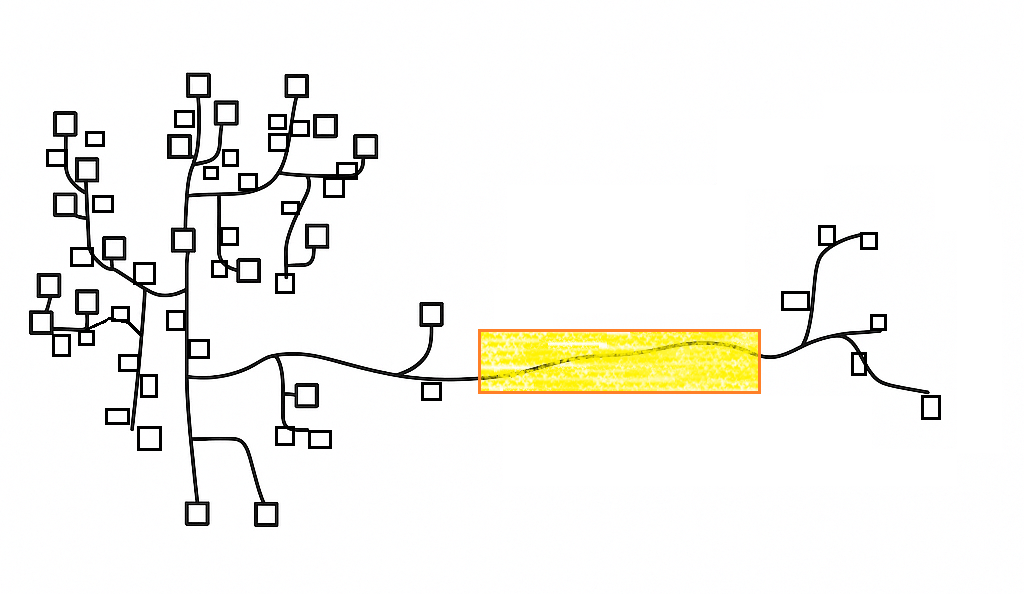
As shown in Figure 2, cutting the yellow section of the pipeline separates the suburban zone from the main network. A small, independent water system would then serve the disconnected area at low cost, eliminating the need to renew the central connection.
